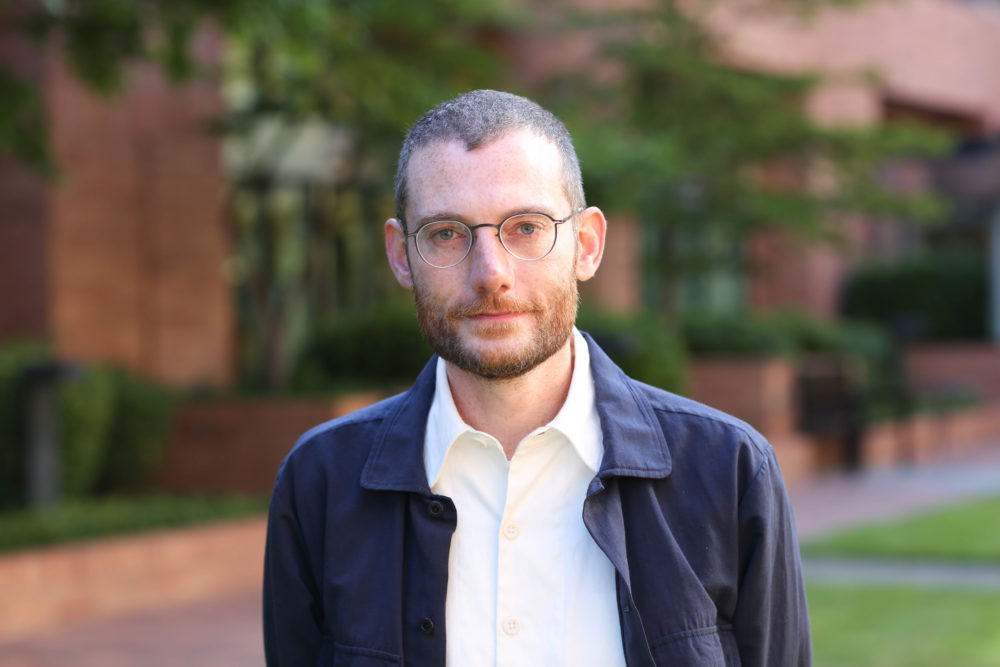Trevor Bedford’s Covid Endgame

I was surprised last week to see one of the epidemiologists I follow admonishing those who think that covid’s “becoming endemic” is a good thing for humans. It is a good thing for SARS-CoV-2, because endemicity means it persists in the human population, although at a mostly steady state. I didn’t realize that some thought it was a good thing for the rest of us.
SARS-CoV-2 is pretty much everywhere that humans go now, and maybe further than that. Covid has even reached Antarctica. There have been several narrative descriptions of what we can expect in the mid-term future, but I am wary of those.
I’ve done enough modeling of a mathematically similar system – chemical reactions – to know that expectations are usually linear, but complex systems aren’t necessarily linear. So I’d prefer to see modeling results. Unfortunately, most of the modelers have gone silent in public, and a model I’d feel good about requires more work to construct than I can put in.
But Trevor Bedford of the Fred Hutchinson Cancer Research Center in Seattle has models I feel good about. He published, via Twitter, a summary of his expectations for what happens next in the pandemic, after we tame down transmission again.
Here are his words from the rest of the thread:
I expect endemicity to be achieved at different times throughout the world due to inequities in vaccine distribution and I expect this to be a soft transition rather than a sudden flip of a switch.
However, even when the entire population of a region has immunity through infection or vaccination, there may still be significant circulation of the virus due to waning immunity and viral evolution.
As an example, seasonal influenza is an endemic respiratory virus and basically everyone over the age of ~3 will have immunity to it. However, despite this immunity, influenza infects ~10% of the adult population each year and causes perhaps 30k deaths per year in the US.
Broadly, I expect the eventual endemic state of COVID to be similar with substantial circulation but reduced disease burden relative to the pandemic state. The key parameters here include:
- R0
- Waning immunity
- Antigenic drift
- Infection to fatality rate (IFR)
R0 is the average number of secondary infections in a fully naive population. R0 of seasonal flu is around 2. R0 of Wuhan-like SARS-CoV-2 was around 3 and with Delta it’s now perhaps 5 or 6. Higher R0 should correspond to greater circulation all other things being equal.
Waning immunity is a bit more of an open question. Although, other seasonal coronaviruses appear to cause reinfections every ~3 years (nature.com/articles/s4159…), it’s hard to completely extrapolate from these viruses to SARS-like coronaviruses.
But based on what we’ve observed with waning immunity to infection in SARS-CoV-2 (twitter.com/trvrb/status/1…), I think it’s safe to conclude there will be at least some waning of immunity to infection season-to-season in endemic state.
Although so far there’s been relatively little antigenic drift in SARS-CoV-2, we’ve seen rapid adaptive evolution in the S1 domain of spike protein as selection pressure has driven increased transmissibility (twitter.com/trvrb/status/1…).
Given the early emergence of partial immune escape in the Beta, Gamma and Mu variants and given the spike protein’s observed degree of adaptability, I would suspect that when selection pivots to be primarily immune driven we’ll see steady antigenic drift.
Recent adaptive evolution has been occurring at a significantly faster rate than H3N2 influenza, but my median scenario would be that with switch to endemicity, we see sustained antigenic evolution at a similar pace to influenza H3N2.
High R0, waning immunity and antigenic drift together suggest substantial seasonal circulation with a speculative guess of 20% or 30% of the population infected each year (often referred to as the “attack rate”). This is higher than flu due to R0 of ~6 rather than ~2.
At endemicity, circulation does not necessarily translate to disease burden. Based on robust vaccine effectiveness against severe outcomes, my speculative guess would be that infection to fatality rate (IFR) drops 10-fold from its original ~0.6% to a flu-like ~0.06%.
Together, this would suggest perhaps 40k or 100k deaths per year in the US from COVID at endemic state. Most infections would be relatively mild (just like flu), but there’s enough of them that even a small fraction of severe outcomes add up.
100k deaths would be 30% attack rate with 0.1% IFR, while 40k deaths would be 20% attack rate with 0.06% IFR. In general, like with seasonal flu I would expect significant season-to-season variability.
This is not cancer or heart disease, but it’s still a substantial public health burden. That said, yearly boosters just like flu vaccine, therapeutics like molnupiravir, improved ventilation and rapid testing can all contribute to reducing this ongoing burden.
***
I had hoped for an endemic steady state more like measles, but Bedford is the guy with the models, so I’ll believe him.
This is not a great outcome, but better than what we’ve got now, and more or less back to normal.
Bedford has been recognized by the MacArthur Foundation with one of their “genius grants.” This is wholly appropriate. His models are good ones; besides the progress of the pandemic, he also is tracking the genetics of the SARS-CoV-2 virus. He’s also excellent at communicating his work. Here’s an interview with him.
Cross-posted to Nuclear Diner


